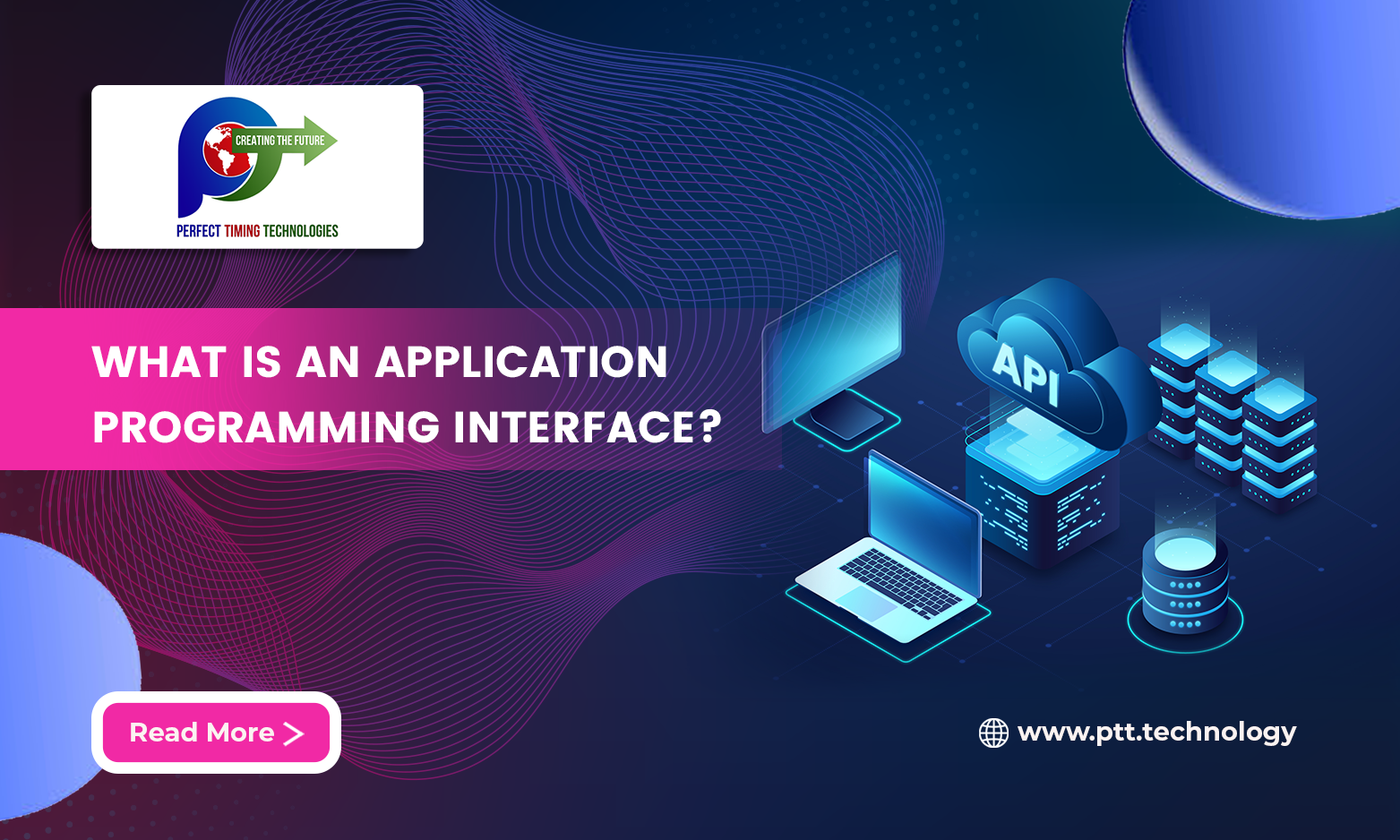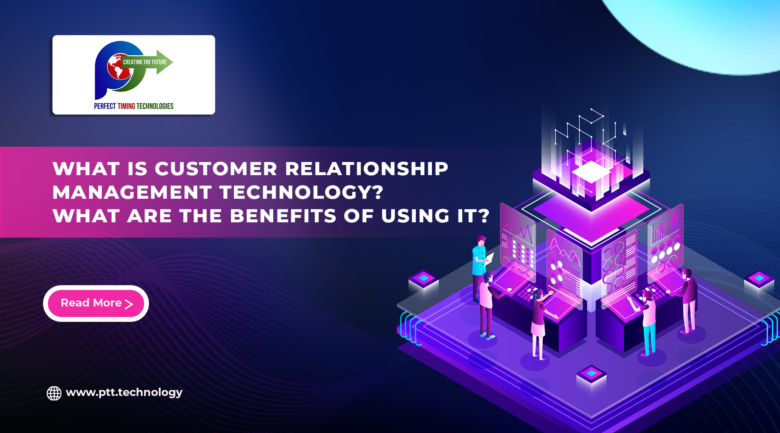
Every aspect of the modern world is driven by innovation and technological advancement. Be it personal lives or corporate business, technology takes us forward rapidly. One such innovation is the advent of APIs that have penetrated the field of modern software development to discover a new era of data exchange and interconnectivity.
In this article, we shall familiarize our readers with the concept of APIs and their significance for modern businesses.
What are Application Programming Interfaces?
An Application Programming Interface, or API for short, is like a set of rules and tools that allow different software programs to talk to each other. It defines how one program can request and exchange information or functionality with another.
Technically, an API is defined by rules and specifications that determine how different software components or systems should interact. The rules and specifications established by the software developers outline the following crucial points:
- Endpoints: APIs typically have specific endpoints or URLs that developers can use to access different functions or data. These endpoints are like the entry points for making requests to the API.
- Request Methods: APIs define the methods or verbs used to interact with them. Some commonly used methods include GET- to retrieve data, POST- to send data, PUT- to update data, and DELETE- to remove data.
- Data Formats: APIs specify the format in which data should be sent and received. Some commonly used data formats include JSON and XML, which ensure both the sender and receiver can understand the information exchanged.
- Authentication and Authorization: Many APIs require authentication to allow only authorized users or applications to access them. It often involves using API keys, tokens, or other authentication mechanisms.
- Rate Limiting: Several APIs limit the numerous requests a user or application can make in a given period to prevent abuse or overuse.
- Documentation: API providers usually create documentation that explains how the API works, what endpoints are available, the expected request format, and the response structure. This documentation helps developers understand and use the API effectively.
- Error Handling: APIs define how errors are communicated and handled, including HTTP status codes and error messages that inform developers about issues with their requests.
- Versioning: As APIs evolve, they may have different versions with changes and improvements. Versioning ensures that existing applications can continue to work with a specific version of the API even if new versions are introduced.
Key Takeaways
APIs are crucial for enabling software components and systems to communicate and work together, and they play a central role in modern software development, allowing developers to build on top of existing services and create more powerful and integrated applications. APIs enable developers to access and utilize functionality, data, or services from other applications, services, or platforms. They enable interoperability and the creation of complex, feature-rich applications through the use of external services and data sources.
Talk to our IT experts to get more information about API.







